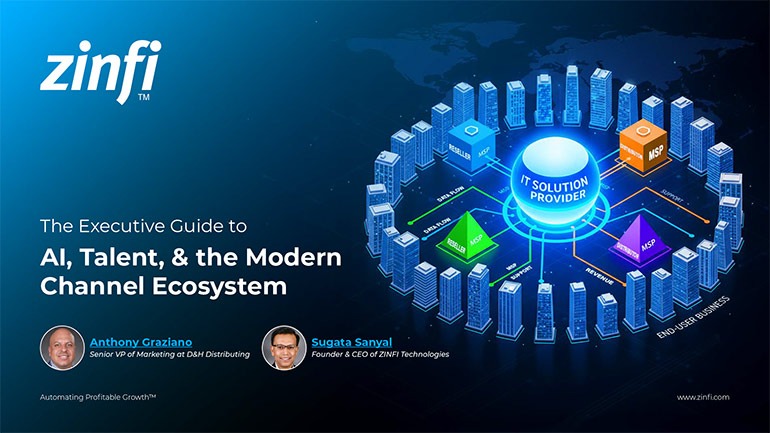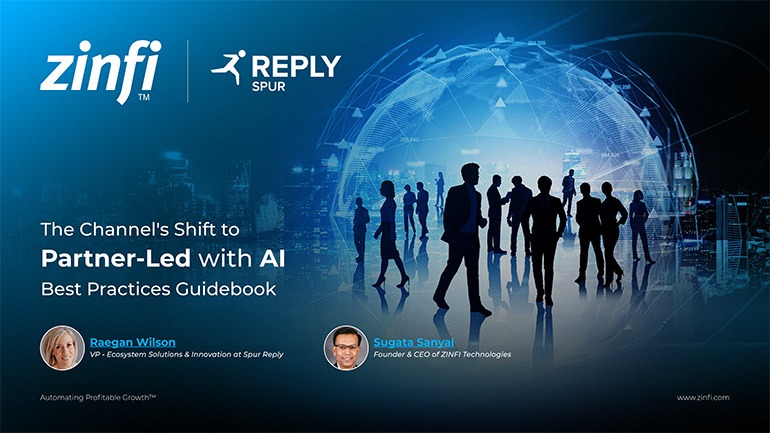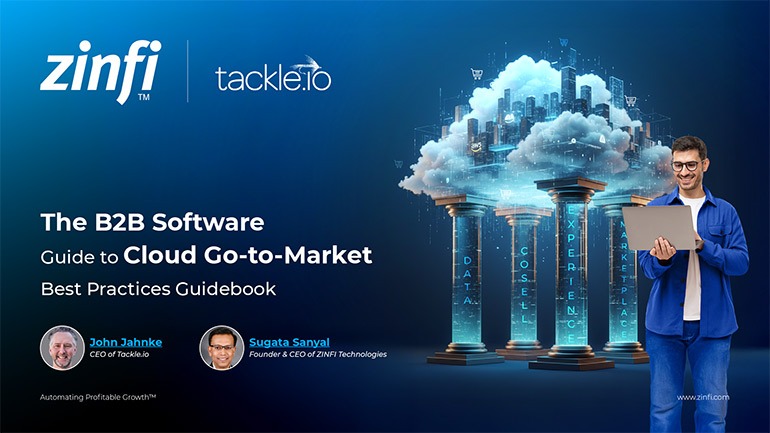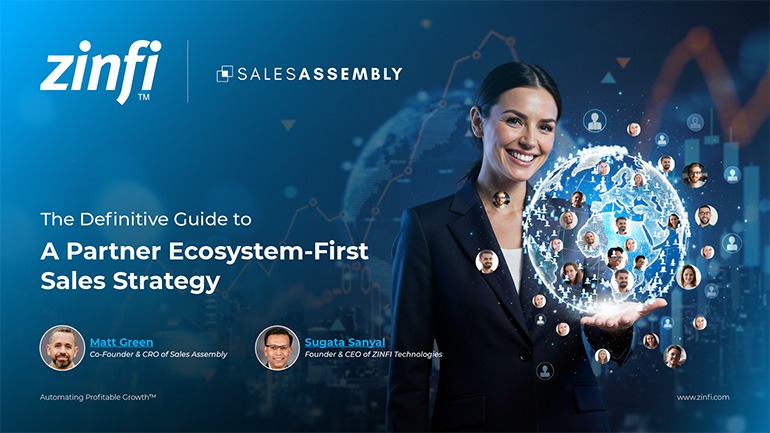Partner programs are entering a new era shaped by hyperscalers' disruptive influence. Cloud giants like Amazon Web Services (AWS), Microsoft Azure, and Google Cloud have moved well beyond their origins in infrastructure. They now play an integral role in enterprise software procurement by transforming their marketplaces into frictionless fulfillment engines.
These marketplaces are becoming the default procurement channels for large enterprises. Why? Because they simplify software acquisition, align with pre-approved cloud budgets, and eliminate lengthy legal and procurement cycles. Enterprises are eager to streamline vendor onboarding, consolidate billing under existing cloud commitments, and access software that integrates directly with their operational environments. Hyperscalers offer all of that—and more.
For independent software vendors (ISVs), this shift is profound. Instead of navigating multi-month procurement processes, they can now sell directly into cloud environments, embedded into workflows where buyers are already transacting. This dramatically accelerates time-to-revenue and increases internal alignment with customer procurement and finance teams.
Hyperscalers have also activated massive co-sell programs, leveraging extensive field organizations that support partners throughout the sales cycle. This makes them more than distributors—they are now strategic GTM partners, capable of influencing the pipeline, unlocking new buyers, and amplifying brand visibility. This dynamic represents a new distribution layer that enables direct, scalable, and repeatable revenue generation.
Innovative ISVs capitalize on this transformation by listing their products early on hyperscaler marketplaces, gaining quick wins and internal momentum. These early transactions often serve as proof points that build organizational confidence and stakeholder buy-in. Over time, they generate a flywheel effect, making cloud marketplaces central to the partner program strategy.
Success in this environment depends on more than simply listing a product—it requires active orchestration. Organizations must implement automation, integrate systems, and deploy partner-ready tools to manage complex co-sell motions, private offers, and buyer journeys. Those who build intelligent, data-driven infrastructure around hyperscaler go-to-market strategies position themselves to lead in the evolving partner economy.












